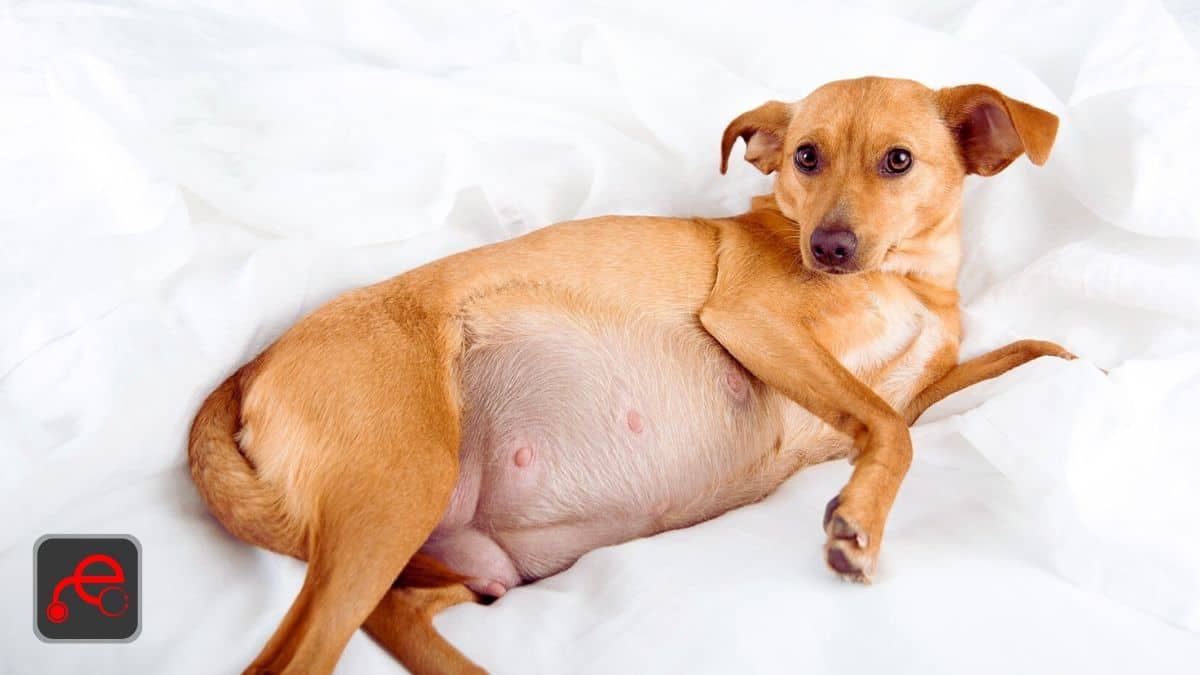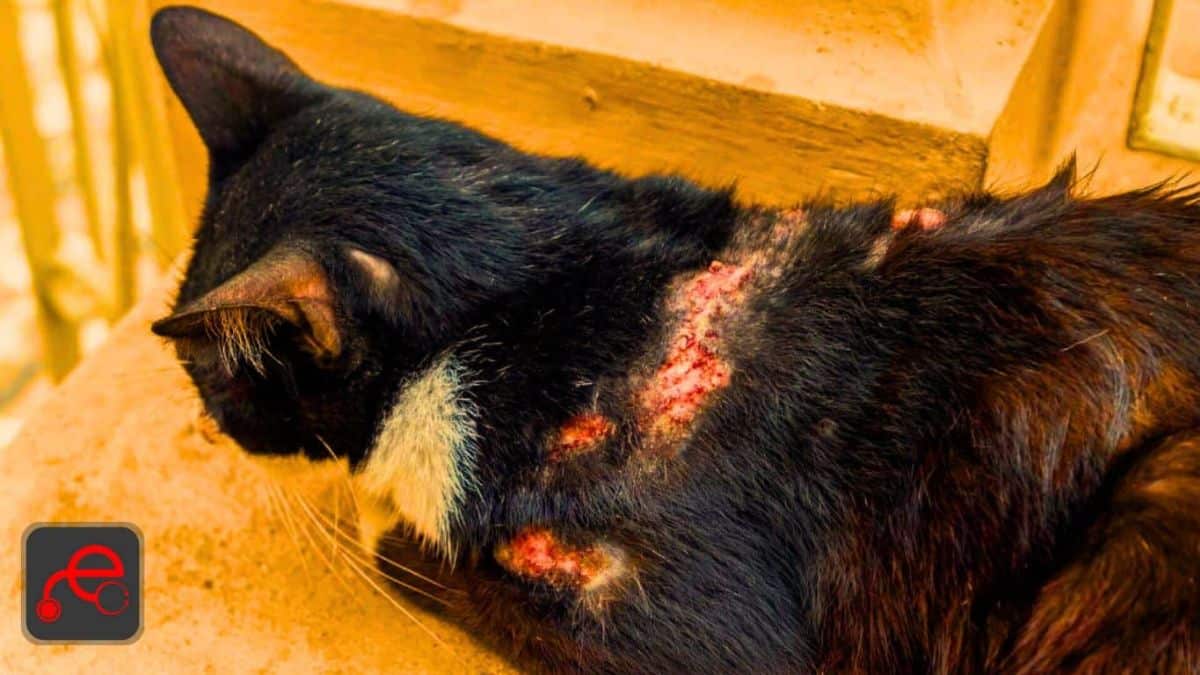Early Signs and Symptoms of Dog Pregnancy

We all know that obtrude belly and certain changes in the behavior of your dog can be a sign of a dog’s pregnancy. If you accidentally let your dog go out of your sight for some time, intentionally or unintentionally and your dog might have any contact with a male dog, so the chances are that your dog may be pregnant. Now, a question arise in your mind “what are the symptoms of dog pregnancy?” In this article, we talk about the signs and symptoms of dog pregnancy week by week.
If you are breeding a dog, or if you are taking care of any stray dog, as a pet parent, you have many responsibilities and you have a lot to take care of, and you have many responsibilities too because animals in pregnancy require the same care and attention as human beings.
Keep in mind that dogs are pregnant for two months only, so you may miss the early signs of them being pregnant. Their pregnancy span lasts from 55-68 days only, so it is important to keep in check if they show any of the signs that may indicate dog pregnancy.
It is encouraged to pay proper attention to the behavioral changes, physical changes, and habits of your pet. By doing this, you will have a good chance at catching your pet’s pregnancy early and then you can provide them with basic care and attention that is a requirement of any pregnant animal, to have their health in check and to help them have healthy pups.
Let us dig into the early signs of dog pregnancy symptoms week 1
Appetite Changes During Dog Pregnancy
With the hormonal changes in the body, that come with being pregnant. You may notice the changed appetite patterns of your dog. Some dogs may eat less in the first month of their pregnancy, and some eat more. Similarly, some dogs eat more first month of pregnancy, and some eat less. Some may notice an increase in the weight of the dog which may be a positive indicator of the dog’s pregnancy. Like humans, we do not have any pregnancy tests available for animals, so it is better to keep a check on the early signs of pregnancy.
Low Energy Levels symptoms of dog pregnancy
Animals are energy balls mostly; we have always seen them playing, running, and whatnot. They have higher energy levels mostly. So, as humans, their hormones also change during pregnancy. Hormonal changes have resulted in low energy levels, mood swings, etc. It is advised to keep a check on them when they are sleepy or lethargic, or when they are not taking a part in activities they usually used to do. They will have decreased physical activity, but many vets suggested that during the pregnancy span, you should not restrict their physical activity levels completely.
Morning Sickness
As humans, hormonal changes come up in animals as well. These hormonal changes may introduce nausea and vomiting in animals as well. In the early stages of your dog pregnancy, your dog may vomit a lot. Nevertheless, if this vomiting stays for a longer period, you should pay a visit to your vet.
Nipple Changes:(normal dog nipples vs pregnant)
One of the easiest signs, which can be used to spot pregnancy in dogs, is changes that occur to their nipples. In normal female dogs, you will notice that the size of the nipples is relatively small, and usually, there is a flat area around them. But in a pregnant female dog, you will notice slightly bigger nipples and the area around them will also be raised, red and swollen because the body of the pregnant dog is getting itself ready for the production of milk to feed her babies.
Color of the Nipple
As the dog becomes pregnant, you will also notice the changes in the color of its nipples, their nipples will become darker, and especially the nipples that are close to the posterior legs of the dog will show significant changes. Their nipples may secrete a semi-liquid fluid and it may be white due to hormonal change. You will also notice the protruding tummy around the 35th-40th day of dog pregnancy. These are the 5 weeks pregnant symptoms.
Changes in Behaviour
With the passing days of pregnancy, there may be some noticeable changes in the behavior of your dog. Some dogs become dependent on their owners, and they demand more physical affection than in a normal routine. On the other hand, some dogs may become reserved and like to be left alone, or even they appear cranky, sad, and anxious.
Role of an Owner
If you notice any of these signs in your dog, you should pay a visit to a vet with your dog for proper treatment and care of your dog. Therefore, they have a safe delivery. Here are some tips on which you can act to take proper care of your dog, for their baby’s proper growth and nourishment.
Vet Visits
After the confirmation of your dog expecting a baby, it is an owner’s responsibility to take proper care of their dog and to schedule proper visits to the vet for better growth and nourishment.
Nutritional Care
Pet owners need to take proper care of the nutrition of the pregnant dog because she is growing an entire dog in her, so complete nutrition is really important for both mother and baby because a major chunk of calories go to a fetus.
Physical Activity
Making sure the physical activity of a pregnant dog is of enormous importance, because sitting idle would cause many problems and pregnancy itself is not a disease so, moderate physical activity is advised for an expecting dog, but make sure the activity should not exceed the advised limit.
Comfortable Area
Create a comfortable area for a pregnant dog that is easy, and accessible and it must be nurturing to her body which is experiencing many changes already, so she can have proper rest.
Litter Box
It would be great if you prepare her litter box near the place where she is staying, it will ease her a lot and will save her from unnecessary movement from here and there. When her litter box will be near to her it will help her a lot.
Conclusion
We concluded with the most easily detectable signs, and animals require proper nutrition and care as we do. Being gentle with them will not harm anyone.
FAQs
Q: How long is the gestation period for dogs?
A: The gestation period for dogs typically lasts around 63 days, but can range from 58 to 68 days.
Q: What are some signs that my dog may be pregnant?
A: Some signs that your dog may be pregnant include:
- Decreased appetite
- Increased appetite
- Nausea or vomiting
- Weight gain
- Swollen or tender nipples
- Behavioral changes, such as increased affection or restlessness
- Nesting behavior, such as seeking out a quiet and secluded area to rest
Q: How can I confirm if my dog is pregnant?
A: The most reliable way to confirm pregnancy in dogs is through an ultrasound performed by a veterinarian. Blood tests can also be used to detect pregnancy hormones in the bloodstream, but they are not always accurate.
Q: How can I care for my pregnant dog?
A: Proper care for a pregnant dog includes feeding her a high-quality diet, providing plenty of fresh water, and ensuring she gets regular exercise. It is also important to schedule regular check-ups with a veterinarian to monitor the dog’s health and ensure the pregnancy is progressing normally. As the dog nears her due date, it is important to prepare a clean and comfortable area for her to give birth, and to have supplies on hand for caring for the puppies.
Q: How many puppies can a dog have?
A: The number of puppies a dog can have varies depending on the breed and the individual dog. Small dogs typically have smaller litters, while large dogs may have litters of up to 12 or more puppies. Most dogs have an average litter size of 6-8 puppies.
Q: What should I do if my dog experiences complications during pregnancy or delivery?
A: If you notice any signs of distress or complications during your dog’s pregnancy or delivery, it is important to seek veterinary care immediately. Common complications during pregnancy or delivery include labor difficulties, infections, and postpartum bleeding. Prompt medical attention can help to ensure the health and safety of both the mother and her puppies.
Q: How can I prepare for my dog’s delivery?
A: To prepare for your dog’s delivery, you should create a clean, quiet, and comfortable area for her to give birth. This area should be away from any potential disturbances, such as other pets or loud noises. You can use a large cardboard box or a whelping box for this purpose. The box should be lined with clean towels or blankets that can be easily washed. You should also have a heating pad, a thermometer, and a scale on hand to monitor the temperature and weight of the puppies. Additionally, you should have some emergency supplies ready, such as clean towels, scissors, and iodine for disinfecting the umbilical cords.
Q: How can I help my dog during delivery?
A: During delivery, it is important to stay calm and provide gentle support to your dog. You should offer her water and a high-quality, nutrient-rich diet to help maintain her strength and energy. You can also help to clean and dry the puppies as they are born, and cut the umbilical cords using clean scissors. If your dog experiences any difficulties during delivery, such as prolonged labor or difficulty delivering a puppy, it is important to seek veterinary care immediately.
Q: How long do puppies nurse from their mother?
A: Puppies typically nurse from their mother for the first 3-4 weeks of their life. During this time, they rely on their mother’s milk for all of their nutritional needs. After about 3-4 weeks, puppies can be introduced to solid food, and the weaning process can begin. It is important to monitor the puppies’ weight and health during this time to ensure they are receiving adequate nutrition.
Q: How can I care for the puppies after they are born?
A: After the puppies are born, it is important to monitor their health and growth closely. You should keep the area clean and warm, and handle the puppies gently to prevent injury. It is important to schedule a veterinary check-up for the puppies within the first few days of their life to ensure they are healthy and free from any congenital abnormalities. As the puppies grow, you can gradually introduce them to solid food, and begin to provide them with socialization and training to prepare them for life as family pets.




